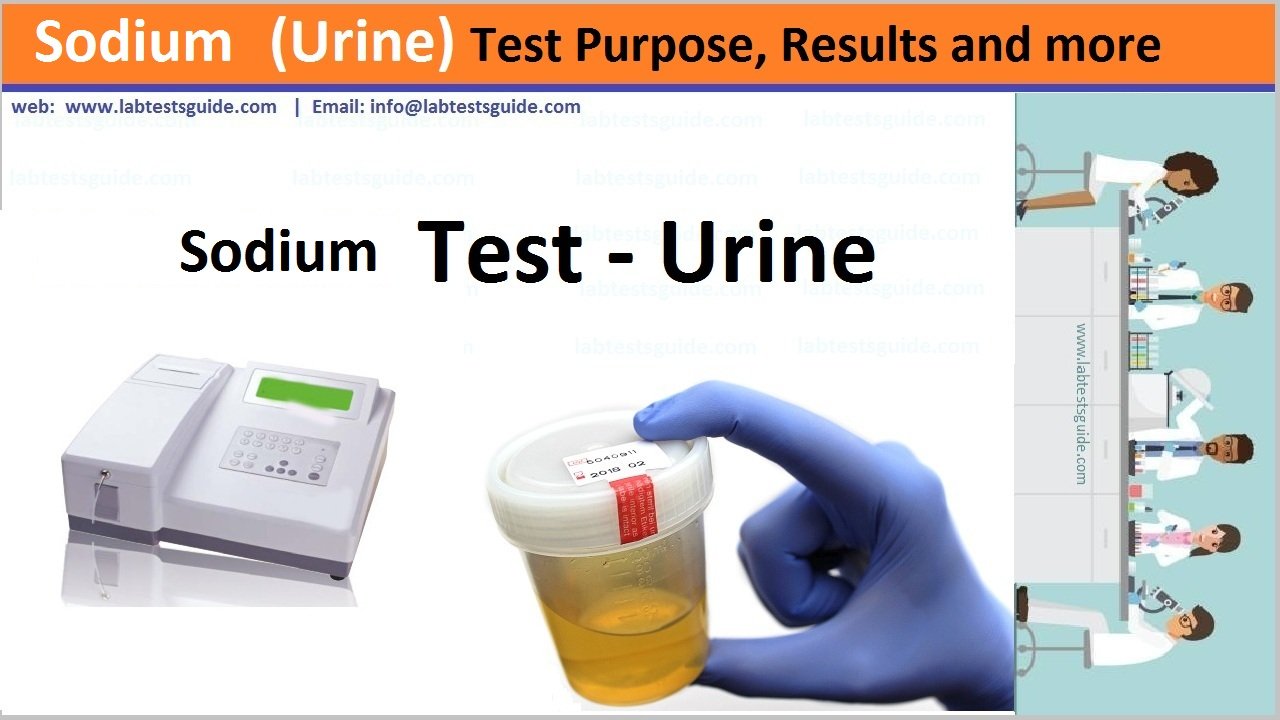

A child’s fluid status is key in determining the cause of hyponatraemia and dictating treatment.Prevention involves identifying children at risk (ie those with conditions associated with increased ADH secretion) and restricting their fluid to 1/2-2/3 maintenance of isotonic solution.1989 119(12 Suppl):1785-1788.See also Hypernatraemia Intravenous Fluids Potential renal solute load of infant formulas. Pathophysiology, diagnosis and management of nephrogenic diabetes insipidus. Nephrogenic diabetes insipidus in North America – the Hopewell hypothesis. Causes of reversible nephrogenic diabetes insipidus: a systematic review. Garofeanu CG, Weir M, Rosas-Arellano MP, Henson G, Garg AX, Clark WF. A history of diabetes insipidus: paving the road to internal water balance. At outpatient follow-up visits, she has continued to show excellent catch up growth and normal serum sodium levels, with no further admissions to the hospital.ġ. Following the addition of diuretics, the patient’s urine output decreased to approximately 1200 mL daily, her serum sodium stabilized in the low normal range, and she began to gain weight steadily. Potassium-sparing diuretics potentiate this effect and limit the urinary potassium wasting. Though it is initially somewhat counterintuitive to prescribe diuretics to a patient with polyuria, the initial hypovolemia caused by thiazide diuretics leads to increased reabsorption of water from the proximal tubule. Therefore, to decrease the urine output, and the fluid intake required, the infant was started on both a thiazide (hydrochlorothiazide, 1 mg/kg twice daily) and a potassium-sparing diuretic (amiloride, 0.1 mg/kg three times daily). She was unable to consume oral feedings in a volume sufficient to maintain a normal serum sodium due to frequent emesis and gastroesophageal reflux. In the ED, the infant’s weight was 5 kg (1.5 L of dilute urine daily. Six weeks before her presentation, she was evaluated by a pediatric gastroenterologist and treated with ranitidine for gastroesophageal reflux and lactulose for constipation. Though she was initially exclusively breastfed, she was ultimately switched to a hypoallergenic formula.

Her appetite and interest in feeding was excellent, but she vomited frequently and in large amounts, typically immediately after feeding. She was born at term weighing 3.4 kg (70th percentile), but began falling off the growth curve around 1 month of age. The infant’s past medical history was notable for poor weight gain. The patient’s mother and several other children under the care of the patient’s babysitter had all recently had a self-limited illness with similar symptoms. This was soon followed by a low-grade fever of 37.8☌ and progressively decreasing oral intake and urine output, with only 2 wet diapers in the last 24 hours. Three days before presentation, she had developed increasingly frequent nonbilious, nonbloody emesis. A 7-month-old girl presented to the Emergency Department (ED) with vomiting, fever, and lethargy.


 0 kommentar(er)
0 kommentar(er)
